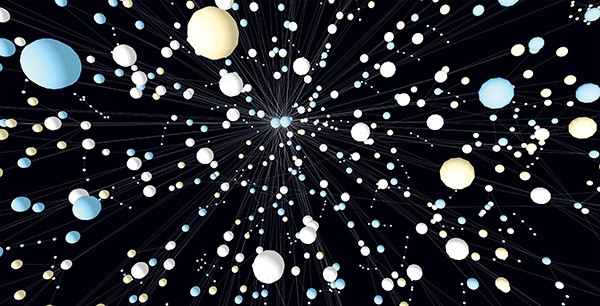
How to map biochemical banter
Systems biologists are learning to build models of the intricate networks in communities such as the gut microbiome, where bacteria of some 1,000 different species both compete and collaborate with one another. Genome-scale metabolic models use gene sequencing to map thousands of interconnected biochemical reactions, involving many enzymes whose precise roles or structures are unknown. Trying to understand these relationships by analysing the chemicals they produce would be similar to guessing children’s snack preferences by what’s left on the table after a birthday party, says systems microbiologist Karsten Zengler. “You might observe the table and say, ‘Look at all those apples — that’s what children must like to eat.’ But that is not the case.”
Nature | 6 min read






















.png)











No hay comentarios:
Publicar un comentario